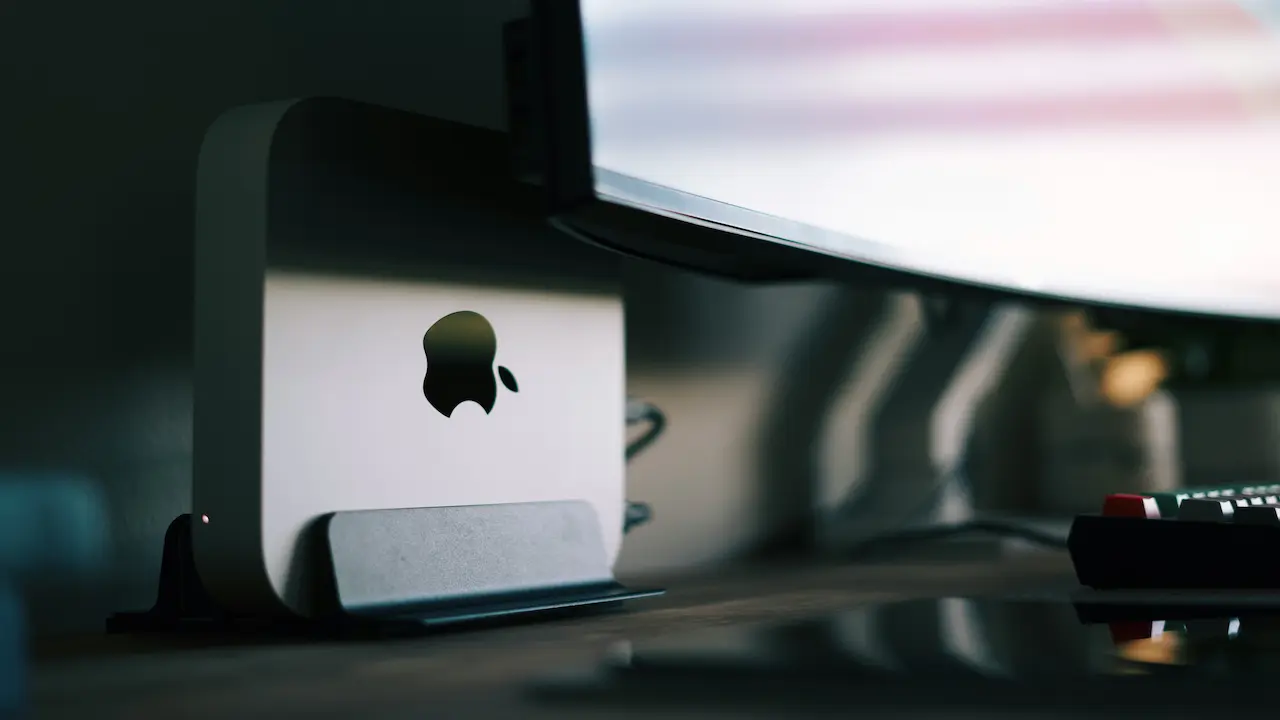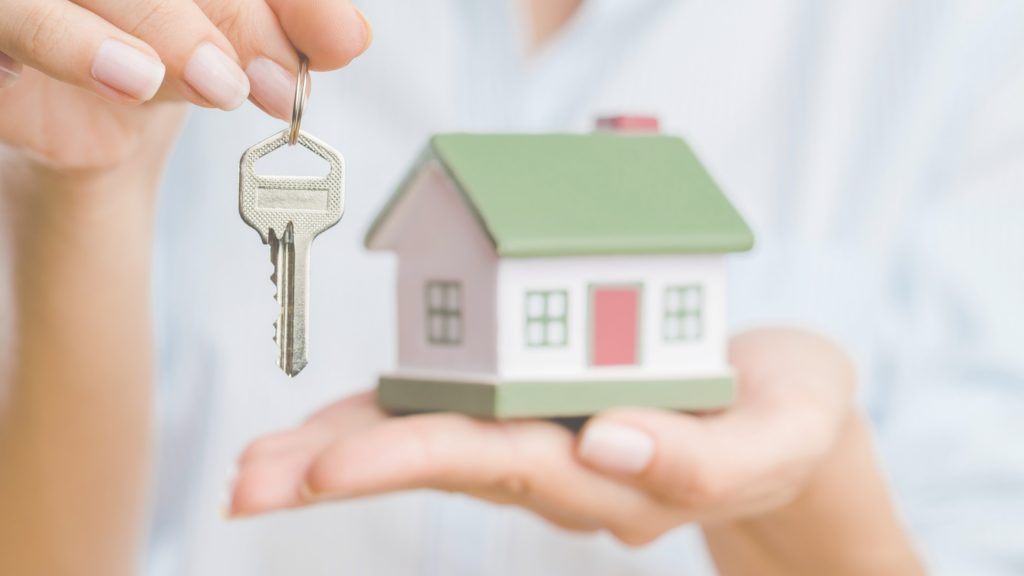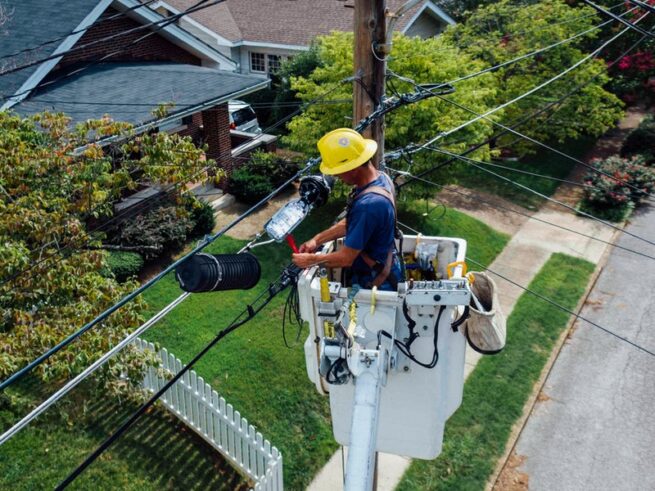The real estate industry faced some hurdles, but luckily not all the same restraints as other industries since the beginning of the pandemic. Because real estate doesn’t thrive on close in-person interaction — for example, to the degree that Las Vegas hotel and casinos rely on — home selling, home staging and other similar lines of business have enjoyed a remarkable boom.
In 2020 and 2021, Vegas saw a hot housing market, likely driven by low interest rates and movement from out-of-state buyers. Yet still, COVID and its wider effects weighed on everyone in some way and the home staging industry was not entirely immune. Like many other industries, there was much needed adaptation in order to stay afloat and take advantage of business opportunities.
Through functional design, home furnishings and décor, home staging emphasizes a home’s strengths and minimizes its weaknesses. It allows the property to be showcased at its maximum potential. Therefore, the crux of the home staging process requires a reliable supply of product. This includes everything from couches and rugs to end tables and lighting fixtures. According to trade publications and national reports, supply chain issues persist globally, slowing imports at U.S. shipping ports.
In response to that kind of disruption, home staging operations had to shift in order to persevere. Stately Home Staging adapted by sending its own drivers to trek from warehouse to warehouse, crossing state lines and making long overnight journeys just to pick up available inventory. Traditional shipping amid global furniture shortages proved to be more costly or time restrictive, and this adjustment proved necessary in order to get jobs done.
Interestingly enough, a few early predictions during the start of the pandemic seemed to dwindle, including the idea of virtual staging, which relies on computer-generated renderings to convey design through computer screens. This thinking seemed to suggest that in the same way Zoom meetings became a ubiquitous replacement to in-person meetings, other applications would need to follow suit. But it wasn’t apples to apples — not in this industry.
Yes, a virtual staging got people in the door, perhaps as they perused the web during lock-down, searching for their next big home purchase. Though aside from a two-month period when Realtors were prohibited from showing houses, restrictions were eventually lifted and masking and social distancing allowed for prospective homebuyers to tour houses in a safe manner. And the feel and touch of a thoughtfully designed staging prevailed in many cases, especially among luxury buyers who are making a substantial investment and still need to visualize themselves living in the physical space of the home they’re interested in.
Real estate and home staging was fortunate to endure through what was a difficult time for other sectors and eventually proved to be more or less bulletproof with a few effective tweaks here and there. For those home sellers that are seeing one of their houses sit on the market need look no further than a professional staging. The execution of good home staging helps potential buyers psychologically make themselves at home, and ultimately encourage speedier purchase decisions.
Heidi Carlsen is a designer at Stately Home Staging where she leads design efforts to transform luxury home settings into beautiful living spaces aimed to allure potential homebuyers. Through the staging process, Heidi and her team provide direct consultation to learn about particular interior design styles clients are aiming to show, begin staging processes including white-glove delivery and setup services and finally once the property sells, offer staging items for purchase at clients’ preference. More information at stately.com.





More Stories
Buying a Condo
Red, White and Blue – What Are The Timeshare Seasons?
What You Need to Know About Selling Your Condominium in Today’s Market